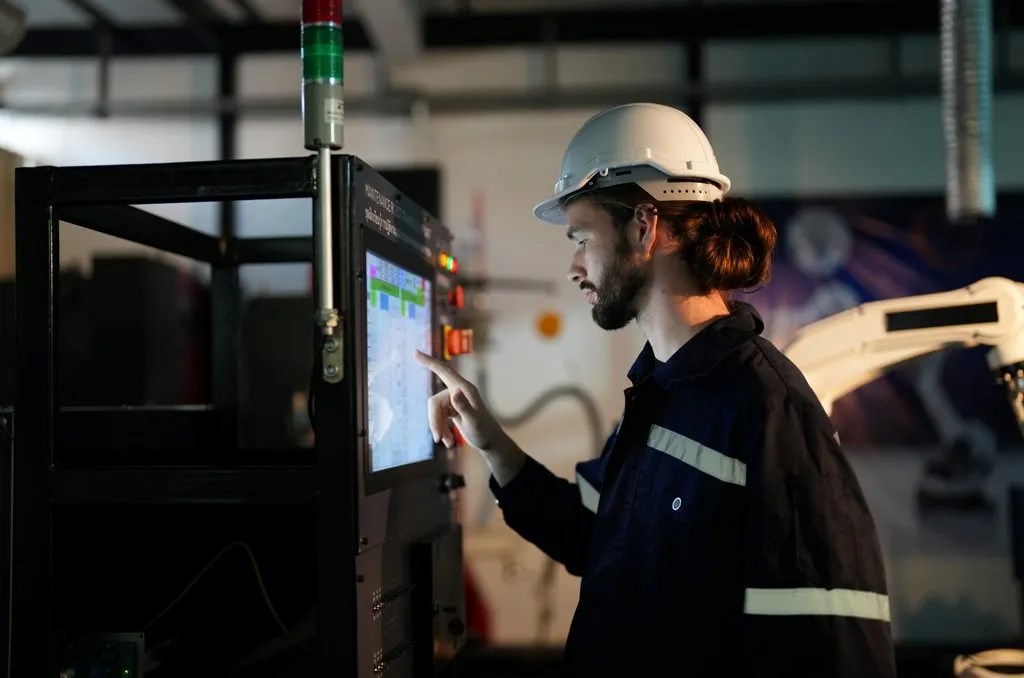What is the IIoT?
Published date: 06 August 2024

The Industrial Internet of Things (IIoT) is a technology that integrates sensors, data analytics, and machine-to-machine communication in a way that makes industries run smarter and more efficiently. While often mentioned alongside the more general Internet of Things (IoT), the IIoT has a distinct focus on industrial applications, offering specific benefits and capabilities for sectors such as manufacturing, energy, and logistics. In this post, we will explore what the Industrial Internet of Things is, how it differs from the broader IoT, and its key technologies and applications.
Understanding the Industrial Internet of Things (IIoT)
The Industrial Internet of Things (IIoT) refers to a network of physical devices, sensors, and machinery in industrial settings that are connected to the internet. These devices collect and share data autonomously, communicating with each other without the need for human intervention. By working together, they enhance automation, optimise operations, and enable real-time decision-making. While the IIoT is a subset of the broader Internet of Things (IoT), it specifically targets industrial applications that are vital for improving production efficiency, safety, and innovation.
What is the Difference Between IIoT and IoT?
The differences between IIoT and IoT are more about their applications than their basic technologies. While the Internet of Things encompasses a wide range of applications from smart home devices to wearable technology, the Industrial Internet of Things is specifically geared towards industrial processes and environments. The key difference lies in the scale, complexity, and criticality of the applications. IoT typically deals with consumer-level devices, such as fitness trackers or smart thermostats, which operate on relatively simple data streams and control mechanisms.
In contrast, the IIoT deals with complex, large-scale systems like manufacturing plants, energy grids, and transportation networks. These systems require high reliability, precision, and security, as they often control essential infrastructure. Additionally, IIoT systems usually handle vast amounts of data generated by numerous interconnected devices, demanding superior data management and analytics capabilities.
Applications and Benefits of the IIoT
The Industrial Internet of Things is applied across various sectors to drive efficiency, productivity, and innovation. Examples include:
- In manufacturing, IIoT systems enable predictive maintenance by monitoring equipment in real-time and predicting when maintenance is required, reducing downtime and extending the lifespan of machinery.
- In the energy sector, IIoT technologies help optimise resource use by providing real-time data on energy consumption and production, leading to more sustainable practices.
- In logistics, IIoT devices are used to track goods throughout the supply chain, providing insights that reduce waste, improve delivery times and allow managers to adapt to disruptions in real-time.
- In the context of smart cities, IIoT is used to manage infrastructure such as water supply and public transport, making urban environments more efficient and liveable.
- In the agricultural sector, IIoT solutions are used for precision farming and aeroponics, using sensors to optimise water, resources, and indoor growing conditions in vertical farms.
Core IIoT Technologies
The Industrial Internet of Things relies on several key technologies that enable the integration of devices, data, and processes in industrial environments. Below are some of the most critical IIoT technologies:
- Advanced Sensors: Collect real-time data from machines and environments, providing the raw information needed for analysis and decision-making.
- Cloud Computing: IIoT networks use the cloud for on-demand processing and storage, enabling devices to handle larger, complex data sets.
- Edge Computing: Processes data physically close to the source, reducing latency and enabling faster, more responsive operations.
- AI and Machine Learning: These technologies allow to elaborate data using advanced and predictive analytics, extracting actionable insights that drive optimisation and innovation.
At Conro Electronics, we’ll show you how to improve product reliability while increasing performance and lowering costs. Our team of technical support specialists will provide your company with dependable global supply, unrivalled efficiency, and superior technical support.
Feel free to contact us on 0208 953 1211 or send us an email to info@conro.com




Comments
There are currently no comments, be the first to comment.